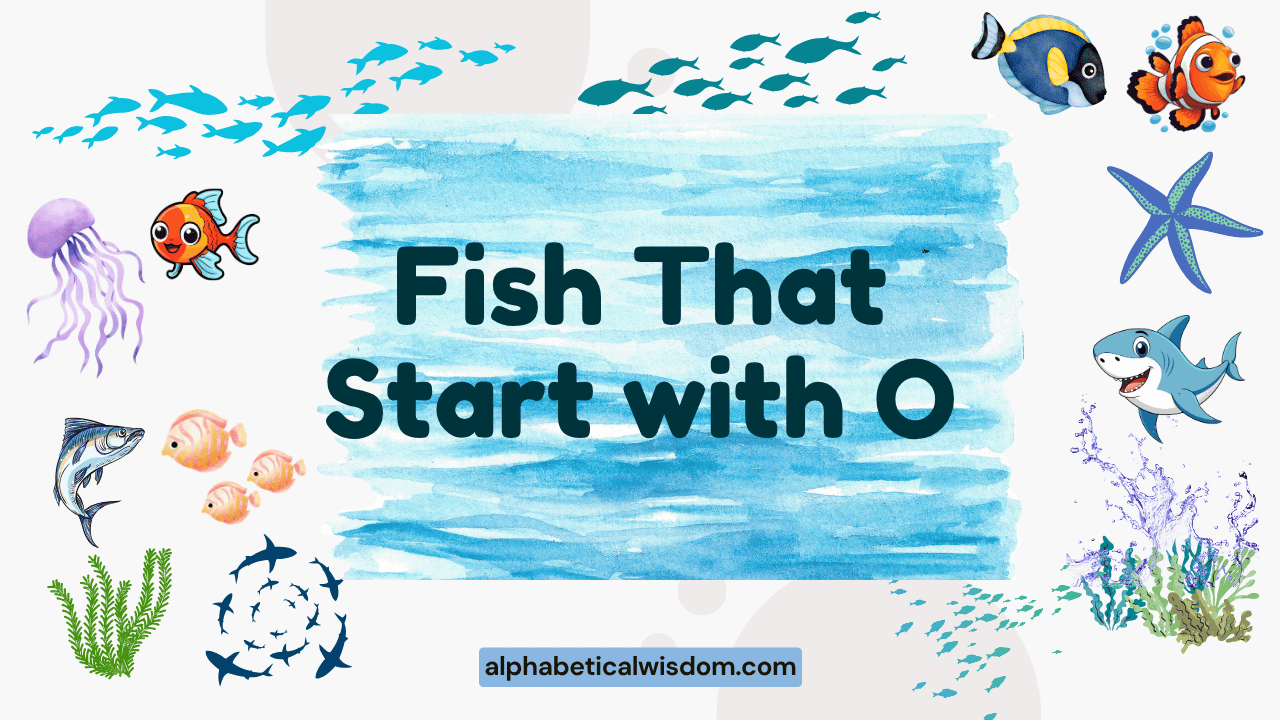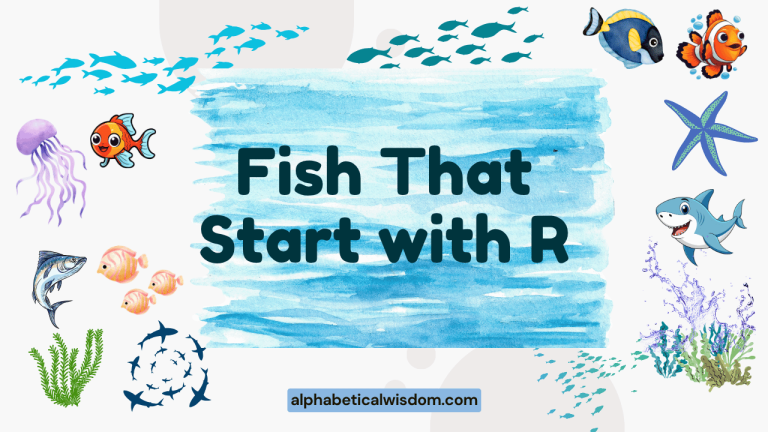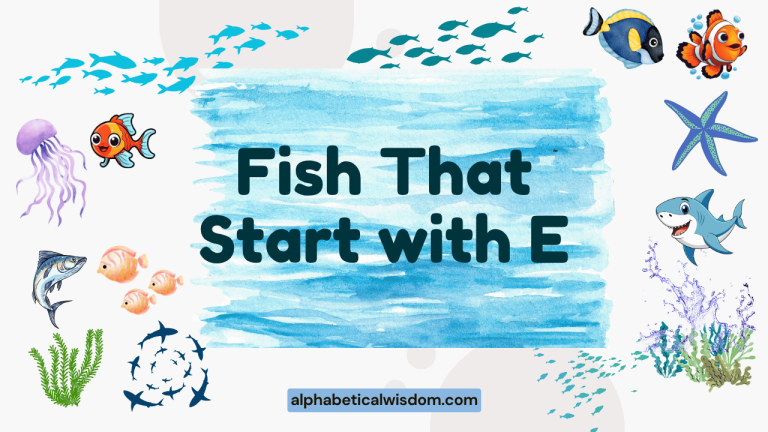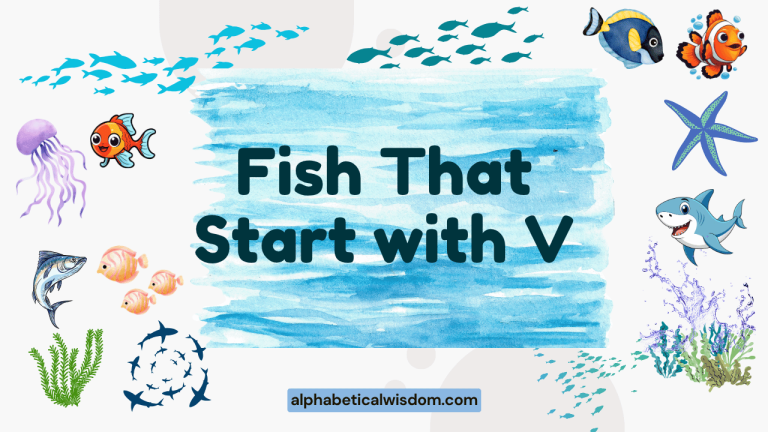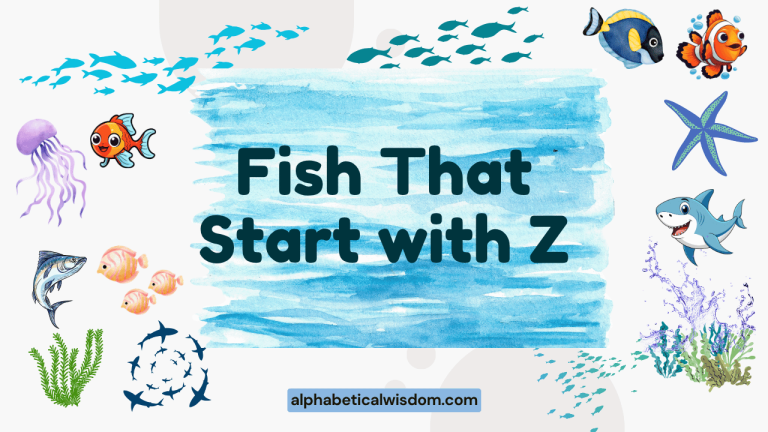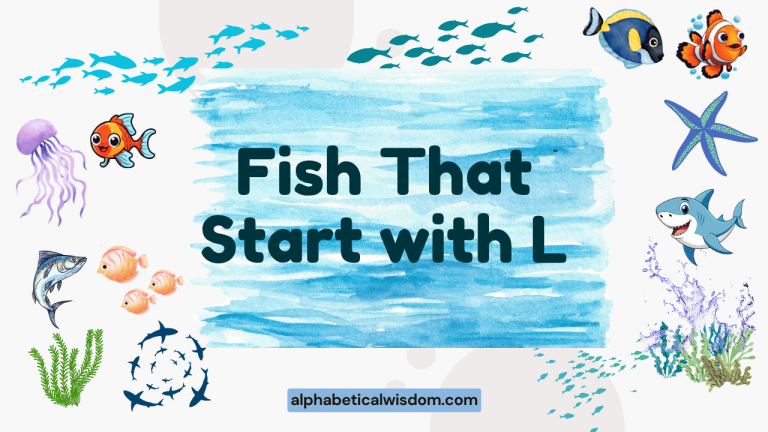Using “One” as a Pronoun: Grammar Rules, Examples & Exercises
The pronoun “one” is a versatile word in English, often used to avoid repeating a noun or to make a general statement. Understanding how to use “one” correctly can significantly improve your English writing and speaking skills.
This article will thoroughly explore the grammar rules, usage patterns, common mistakes, and provide plenty of examples and exercises to help you master this important aspect of English grammar. Whether you are a beginner or an advanced learner, this guide will provide valuable insights and practical tips.
Table of Contents
- Introduction
- Definition of “One” as a Pronoun
- Structural Breakdown: Using “One” in Sentences
- Types and Categories of “One”
- Examples of “One” in Sentences
- Usage Rules for “One”
- Common Mistakes When Using “One”
- Practice Exercises
- Advanced Topics
- Frequently Asked Questions (FAQ)
- Conclusion
Definition of “One” as a Pronoun
As a pronoun, “one” is used to replace a noun, typically to avoid repetition or to refer to a general member of a group. It functions similarly to other pronouns like “he,” “she,” “it,” or “they,” but with a unique set of usage patterns. The pronoun “one” can be either singular or plural (as “ones”) depending on the context. Its primary function is to act as a substitute for a noun that has already been mentioned or is implied, preventing redundancy and making sentences more concise and elegant. This pronoun also often serves to generalize, referring to any member of a class or category rather than a specific individual. This makes it incredibly useful for making broad statements or giving general advice.
Consider the example: “I need a new car. I think I’ll buy one this weekend.” Here, “one” replaces the noun “car,” avoiding the repetition of “I think I’ll buy a car this weekend.” Alternatively, in the sentence “One should always strive for excellence,” “one” refers to people in general, not any particular individual. Understanding these basic functions is crucial for mastering the use of “one” as a pronoun.
Structural Breakdown: Using “One” in Sentences
The structure of sentences using “one” typically involves replacing a noun with “one” or “ones.” The preceding noun, known as the antecedent, provides the context for understanding what “one” refers to. The placement of “one” in a sentence follows general pronoun usage rules.
It usually appears in the subject or object position, depending on the sentence’s structure. Adjectives can modify “one” to provide more specific information, similar to how they modify nouns.
For example, you might say “I want the red one,” where “red” modifies “one.”
Here are some common structural patterns:
- Subject: One should always be polite.
- Object: I prefer the blue shirt over the green one.
- Modified: She chose the smaller one from the selection.
Additionally, “one” can be part of prepositional phrases, such as “one of” or “for one.” These constructions add complexity and nuance to the usage of “one.” For example, “One of my friends is a doctor” uses “one of” to indicate a selection from a group. Understanding these structural elements allows for precise and effective communication.
Types and Categories of “One”
General “One”
The general “one” refers to people or things in general, without specifying a particular individual or item. It is used to make statements that apply universally or to give general advice.
This usage is common in formal contexts and often sounds more sophisticated than using “you” in the same way. The general “one” helps to create a sense of objectivity and distance, making the statement more impersonal and broadly applicable.
For example: “One should always be honest.” This statement applies to everyone, not just a specific person. Another example is: “If one wants to succeed, one must work hard.” Here, “one” is used consistently to maintain the general reference throughout the sentence.
Specific “One”
The specific “one” refers to a particular noun that has already been mentioned or is understood from the context. This usage avoids repeating the noun and makes the sentence more concise.
The specific “one” often follows adjectives or determiners that specify which item is being referred to. This type of “one” is very common in everyday conversation and writing, as it helps to streamline communication and avoid unnecessary repetition.
For instance: “I have two pens: a blue one and a black one.” The second “one” refers specifically to a pen, which has already been mentioned. Another example: “Which car do you prefer? The red one or the blue one?” Here, “one” refers back to “car” and is modified by the adjectives “red” and “blue” to specify which car is being discussed.
“One of” Constructions
The “one of” construction is used to indicate a selection from a group of people or things. It is followed by a plural noun or pronoun because it implies that you are choosing one item from a collection of multiple items.
This construction is frequently used to express preferences, identify examples, or describe parts of a whole. It is important to ensure correct grammatical agreement when using “one of,” particularly with verb conjugations.
For example: “One of my friends is a talented musician.” This means that among your group of friends, at least one is a musician. Another example: “One of the best things about summer is the warm weather.” Here, “one of” highlights a specific aspect of summer from a range of possible benefits. It’s also important to remember that the verb following “one of” should agree with the singular “one,” not the plural noun that follows “of.” For example, “One of the books *is* missing,” not “One of the books *are* missing.”
Examples of “One” in Sentences
General “One” Examples
The following table provides examples of using “one” in a general sense. These examples illustrate how “one” can be used to make broad statements applicable to anyone or anything.
| Sentence | Explanation |
|---|---|
| One must always be punctual. | This is a general rule that applies to everyone. |
| If one studies hard, one will likely succeed. | This statement is a general encouragement to study hard. |
| One should always be respectful of others. | This is a universal guideline for behavior. |
| One cannot expect to achieve great things without effort. | This is a general observation about achieving goals. |
| One should always be prepared for unexpected challenges. | This is a general piece of advice about life. |
| One must consider all the options before making a decision. | This is a general recommendation for decision-making. |
| One should always strive for personal growth. | This is a general aspiration for improvement. |
| One cannot please everyone all the time. | This is a general truth about social interactions. |
| One should always be grateful for what one has. | This is a general attitude of appreciation. |
| If one is kind, one will attract kindness. | This is a general observation about human relationships. |
| One should always be honest, even when it is difficult. | This is a general principle of integrity. |
| One must learn from one’s mistakes to improve. | This is a general observation about personal development. |
| One should always listen to different perspectives. | This is a general recommendation for open-mindedness. |
| One cannot control everything, but one can control one’s reaction. | This is a general philosophy about resilience. |
| One should always be mindful of the environment. | This is a general principle of environmental responsibility. |
| If one is patient, one will often see better results. | This is a general observation about achieving long-term goals. |
| One should always seek to understand before judging. | This is a general principle of empathy. |
| One cannot succeed without taking risks. | This is a general observation about achieving ambitious goals. |
| One should always remember the importance of kindness. | This is a general reminder about the value of compassion. |
| If one is persistent, one can overcome many obstacles. | This is a general encouragement for perseverance. |
| One should always appreciate the small things in life. | This is a general attitude of gratitude. |
| One must be careful when making assumptions. | This is a general recommendation for critical thinking. |
| One should always strive to be better than one was yesterday. | This is a general aspiration for continuous improvement. |
| One cannot always get what one wants, but one can always try. | This is a general philosophy about effort and acceptance. |
Specific “One” Examples
The following table provides examples of using “one” to refer to a specific noun that has already been mentioned. These examples demonstrate how “one” can replace a noun to avoid repetition and make sentences more concise.
| Sentence | Explanation |
|---|---|
| I bought two shirts: a blue one and a red one. | “One” refers to “shirt,” avoiding repetition. |
| Do you want the chocolate cake or the vanilla one? | “One” refers to “cake,” making the sentence shorter. |
| She has several dresses, but her favorite is the silk one. | “One” replaces “dress,” maintaining clarity. |
| Which phone did you choose? The new one or the old one? | “One” refers to “phone,” avoiding redundancy. |
| I need a new laptop; the old one is too slow. | “One” refers to “laptop,” making the sentence flow better. |
| He has two cars, but he prefers the sports one. | “One” refers to “car,” adding conciseness. |
| She tried on several hats but bought the black one. | “One” refers to “hat,” simplifying the sentence. |
| I have two cats; the fluffy one is my favorite. | “One” refers to “cat,” avoiding repetition. |
| Which book did you like better? The hardback one or the paperback one? | “One” refers to “book,” making the sentence more efficient. |
| I need a new pair of shoes; the leather ones are worn out. | “Ones” refers to “shoes,” maintaining clarity while pluralizing. |
| He has many ties, but he always wears the striped one. | “One” refers to “tie,” adding conciseness to the sentence. |
| She baked two pies, and the apple one was delicious. | “One” refers to “pie,” avoiding unnecessary repetition. |
| I saw two movies, but the comedy one was funnier. | “One” refers to “movie,” making the sentence more concise. |
| Which painting do you like more? The abstract one or the realistic one? | “One” refers to “painting,” avoiding redundancy. |
| I have several plants, but the flowering one is my pride. | “One” refers to “plant,” simplifying the sentence. |
| He bought two guitars, and the acoustic one sounds better. | “One” refers to “guitar,” adding conciseness. |
| She has many scarves, but she prefers the silk one. | “One” refers to “scarf,” making the sentence flow better. |
| I tried on several jackets but bought the leather one. | “One” refers to “jacket,” avoiding repetition. |
| Which flavor of ice cream do you want? The chocolate one or the strawberry one? | “One” refers to “ice cream,” making the sentence more efficient. |
| He has two watches, but he always wears the digital one. | “One” refers to “watch,” adding conciseness to the sentence. |
| She made two cakes, and the chocolate one disappeared quickly. | “One” refers to “cake,” avoiding unnecessary repetition. |
| I saw two concerts, but the rock one was more exciting. | “One” refers to “concert,” making the sentence more concise. |
| Which photograph do you prefer? The color one or the black and white one? | “One” refers to “photograph,” avoiding redundancy. |
“One of” Examples
The following table demonstrates the use of “one of” in various sentences. These examples illustrate how to use “one of” to indicate a selection from a group.
| Sentence | Explanation |
|---|---|
| One of my friends is a doctor. | Indicates that at least one friend is a doctor. |
| One of the best things about summer is the weather. | Highlights a positive aspect of summer. |
| One of the students in the class is always late. | Indicates that at least one student is consistently late. |
| One of the reasons I love this city is its culture. | Highlights a specific reason for liking the city. |
| One of the books on the shelf is missing. | Indicates that at least one book is not where it should be. |
| One of the benefits of exercise is improved health. | Highlights a positive outcome of exercising. |
| One of the challenges of learning a new language is pronunciation. | Highlights a specific difficulty in language learning. |
| One of the most important things is to be kind. | Highlights a crucial aspect of behavior. |
| One of the advantages of working from home is flexibility. | Highlights a positive aspect of remote work. |
| One of the ingredients in this recipe is unusual. | Indicates that at least one ingredient is unique. |
| One of the songs on the album is a hit. | Indicates that at least one song is popular. |
| One of the goals of the project is to increase efficiency. | Highlights a key objective of the project. |
| One of the rooms in the house needs painting. | Indicates that at least one room requires painting. |
| One of the solutions to the problem is complex. | Highlights a specific approach to the issue. |
| One of the animals at the zoo is very rare. | Indicates that at least one animal is uncommon. |
| One of the exercises in the workout is challenging. | Highlights a difficult part of the fitness routine. |
| One of the flavors of ice cream is my favorite. | Indicates a personal preference from a variety of options. |
| One of the characters in the novel is mysterious. | Highlights a specific attribute of a character. |
| One of the features of the car is its advanced technology. | Highlights a specific aspect of the vehicle. |
| One of the highlights of the trip was the scenery. | Highlights a memorable part of the journey. |
| One of the reasons for the success is the team work. | Highlights a key contribution to success. |
| One of the steps in the process is crucial. | Highlights a vital component of the procedure. |
| One of the tools in the kit is broken. | Indicates that at least one item is damaged. |
Usage Rules for “One”
Agreement with Antecedents
When using “one” as a specific pronoun, it must agree in number with its antecedent. If the antecedent is singular, “one” should be used.
If the antecedent is plural, “ones” should be used. This agreement ensures clarity and grammatical correctness.
Consistency in number is crucial to avoid confusion and maintain the logical flow of the sentence.
Singular: I like the red car, but I love the blue one. (Car is singular, so “one” is used.)
Plural: I like the red shoes, but I love the blue ones. (Shoes are plural, so “ones” is used.)
Formal vs. Informal Usage
The general “one” is more common in formal writing and speech. In informal contexts, “you” is often used instead.
Using “one” in informal situations can sometimes sound overly formal or pretentious. The choice between “one” and “you” depends on the context, audience, and the desired tone of the communication.
Formal: One should always be prepared for an interview.
Informal: You should always be prepared for an interview.
Avoiding Unnecessary Repetition
“One” is used to avoid repeating nouns, but it should be used judiciously. Overusing “one” can make your writing sound awkward or unnatural.
It’s important to strike a balance between avoiding repetition and using language that sounds natural and fluent. Sometimes, a different sentence structure or a completely different word can be a better solution than repeatedly using “one.”
Awkward: I have a dog, and my friend has a dog, but my dog is bigger than his one.
Better: I have a dog, and my friend has one too, but mine is bigger.
Common Mistakes When Using “One”
One common mistake is using “one” without a clear antecedent. The reader or listener must be able to easily identify what “one” is referring to.
Another mistake is using “one” in informal contexts where “you” would be more appropriate. Additionally, failing to maintain agreement between “one” and its antecedent is a frequent error.
| Incorrect | Correct | Explanation |
|---|---|---|
| I want one. (without context) | I want the blue one. (if blue shirt was previously mentioned) | “One” needs a clear antecedent. |
| One should go to the store now, shouldn’t one? | You should go to the store now, shouldn’t you? | “You” is more natural in informal contexts. |
| I like the red shoes, but I want the blue one. | I like the red shoes, but I want the blue ones. | “One” must agree with its plural antecedent “shoes.” |
| One of the student are late. | One of the students is late. | Verb agreement error; should be ‘is’ not ‘are.’ |
Practice Exercises
Exercise 1: Identifying Correct Usage
Choose the sentence with the correct usage of “one” in each question.
| Question | Option A | Option B | Answer |
|---|---|---|---|
| 1. Which cake do you prefer? | The chocolate one is delicious. | The chocolate is delicious. | A |
| 2. One should always…? | One should always to be polite. | One should always be polite. | B |
| 3. I have two cats,… | …the fluffy one is cute. | …the fluffy is cute. | A |
| 4. Which shoes do you like? | I like the leather ones. | I like the leather one. | A |
| 5. One of my friend…? | One of my friend are a doctor. | One of my friends is a doctor. | B |
| 6. Should one be on time? | Yes, one always should. | Yes, one should always. | B |
| 7. I bought two hats,… | …the red one is for me. | …the red is for me. | A |
| 8. She has many dresses,… | …the silk one is her favorite. | …the silk is her favorite. | A |
| 9. One must…? | One must to study hard. | One must study hard. | B |
| 10. These apples are good,… | …I’ll take the red ones. | …I’ll take the red one. | A |
Exercise 2: Filling in the Blanks
Fill in the blanks with “one” or “ones” to complete the sentences correctly.
| Question | Answer |
|---|---|
| 1. I have two books; the red ______ is interesting. | one |
| 2. She bought three skirts; the blue ______ are her favorites. | ones |
| 3. If ______ wants to succeed, ______ must work hard. | one, one |
| 4. Which car do you prefer, the new ______ or the old ______? | one, one |
| 5. I need new gloves; the leather ______ are too old. | ones |
| 6. ______ should always be respectful of others. | One |
| 7. I like the green apples more than the red ______. | ones |
| 8. He has two bikes; the faster ______ is his favorite. | one |
| 9. I tried on several shirts, but the cotton ______ felt the best. | one |
| 10. ______ of the best things about summer is the weather. | One |
Exercise 3: Rewriting Sentences
Rewrite the following sentences using “one” or “ones” to avoid repetition.
| Original Sentence | Rewritten Sentence |
|---|---|
| 1. I have a blue pen and a red pen. The blue pen is my favorite. | I have a blue pen and a red one. The blue one is my favorite. |
| 2. She bought leather boots and suede boots. The suede boots were cheaper. | She bought leather boots and suede ones. The suede ones were cheaper. |
| 3. If you want to succeed, you must be persistent. | If one wants to succeed, one must be persistent. |
| 4. Which house do you prefer, the brick house or the wooden house? | Which house do you prefer, the brick one or the wooden one? |
| 5. I need to buy new sunglasses because my old sunglasses are scratched. | I need to buy new sunglasses because my old ones are scratched. |
| 6. You should always be kind to others. | One should always be kind to others. |
| 7. I prefer the chocolate cookie over the vanilla cookie. | I prefer the chocolate cookie over the vanilla one. |
| 8. He has a fast car and a slow car. He prefers the fast car. | He has a fast car and a slow one. He prefers the fast one. |
| 9. She tried on silk scarves and cotton scarves. The silk scarves felt softer. | She tried on silk scarves and cotton ones. The silk ones felt softer. |
| 10. One of the students in the class is always on time. | One of the students is always on time. |
Advanced Topics
“One Another” vs. “Each Other”
“One another” and “each other” are both reciprocal pronouns, used to indicate that each member of a group is performing an action to or for the other members. The traditional rule states that “each other” should be used when referring to two people or things, while “one another” should be used when referring to three or more.
However, in modern usage, this distinction is often blurred, and both phrases are used interchangeably. It’s important to be aware of the traditional rule, but also to recognize that it’s not always strictly followed.
Traditional: The two friends helped each other. The three siblings supported one another.
Modern: The two friends helped one another. The three siblings supported each other.
“One” as a Numeral
In addition to being a pronoun, “one” is also a numeral, representing the number 1. As a numeral, “one” is used to quantify or specify a single item.
The usage of “one” as a numeral is straightforward and doesn’t typically cause confusion. It’s important to distinguish between “one” as a pronoun and “one” as a numeral, as their functions and meanings are different.
Numeral: I have one apple.
Pronoun: I have two apples; I will eat one later.
Using “One” in Complex Sentences
Using “one” in complex sentences requires careful attention to clarity and agreement. The antecedent of “one” must be clear, even when the sentence structure is complex.
It’s also important to ensure that “one” agrees in number with its antecedent, even when the antecedent is far away in the sentence. Complex sentences often involve multiple clauses and phrases, so careful planning is essential to avoid confusion.
Complex: The book that I borrowed from the library, the red one, was very interesting.
Frequently Asked Questions (FAQ)
- What is the difference between “one” and “it” as pronouns?
- Can “one” be used in the plural form?
- Is it always necessary to use “one” to avoid repetition?
- When is it appropriate to use the general “one”?
- How do I ensure that “one” agrees with its antecedent?
- Can “one” be modified by adjectives?
- What are some common mistakes to avoid when using “one”?
- Is there a difference between “one’s” and “ones”?
- How can I improve my understanding of using “one” in sentences?
- Can “one” be used as part of a compound subject?
While both “one” and “it” can replace nouns, “one” is generally used to refer to a general type of noun or to avoid repeating a noun, whereas “it” refers to a specific, previously mentioned noun. For example, you would say “I like this car, but I prefer the red one,” but “I have a car; it is red.”
Yes, the plural form of “one” is “ones.” It is used to refer to multiple items of the same type that have already been mentioned. For example, “I like the blue shirts more than the green ones.”
No, it is not always necessary. Sometimes, rephrasing the sentence or using a different word can be a better option.
Overusing “one” can make the writing sound awkward. The key is to strike a balance between avoiding repetition and using language that sounds natural.
The general “one” is appropriate in formal writing and speech when making general statements or giving advice that applies to everyone. It helps create a sense of objectivity and distance.
However, it should be avoided in informal contexts where “you” would be more natural.
Ensure that “one” or “ones” matches the number (singular or plural) of the noun it is replacing. If the noun is singular, use “one”; if the noun is plural, use “ones.” For example, “I like the red shirt, but I prefer the blue one” (singular) versus “I like the red shoes, but I prefer the blue ones” (plural).
Yes, “one” can be modified by adjectives to provide more specific information. For example, “I want the red one” or “She chose the smaller one.” The adjective helps to specify which item is being referred to.
Common mistakes include using “one” without a clear antecedent, using “one” in informal contexts where “you” is more appropriate, and failing to maintain agreement between “one” and its antecedent. Be mindful of these errors to ensure correct usage.
Yes, “one’s” is the possessive form of “one,” indicating ownership, while “ones” is the plural form of the pronoun “one.” For example, “One should always respect one’s elders” (possessive) versus “I like the blue shirts more than the green ones” (plural).
Practice is key. Try writing sentences using “one” in different contexts.
Pay attention to how “one” is used in the writing of others. Review grammar rules and examples regularly.
The more you practice, the more natural and confident you will become in using “one” correctly.
<
Yes, “one” can be part of a compound subject, but it’s less common and can sometimes sound awkward. It’s important to ensure clarity and naturalness when doing so. For example, “One and his family should always be respectful” sounds a bit formal; rephrasing might be better.
Conclusion
Mastering the use of “one” as a pronoun can significantly enhance your English language skills, allowing you to communicate more precisely and avoid unnecessary repetition. By understanding the different types of “one,” following the usage rules, and practicing regularly, you can confidently incorporate “one” into your writing and speech.
Remember to pay attention to agreement, context, and tone to ensure that your usage of “one” is both correct and natural. With consistent effort and attention to detail, you can master this versatile aspect of English grammar and elevate your overall language proficiency.
